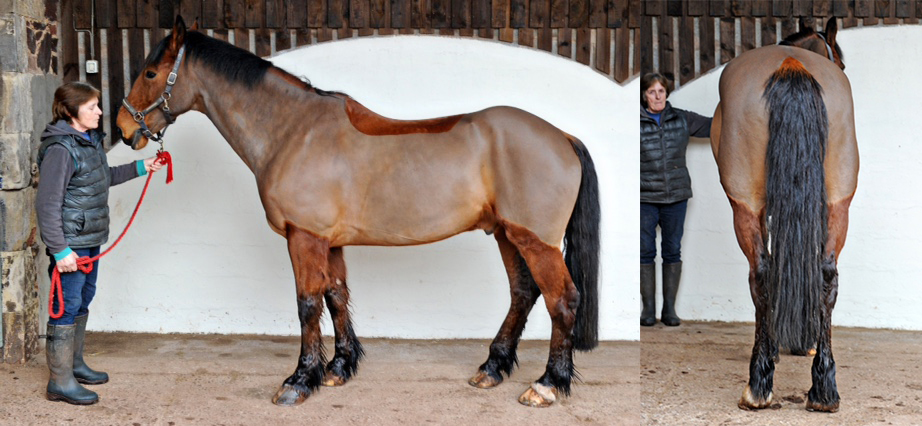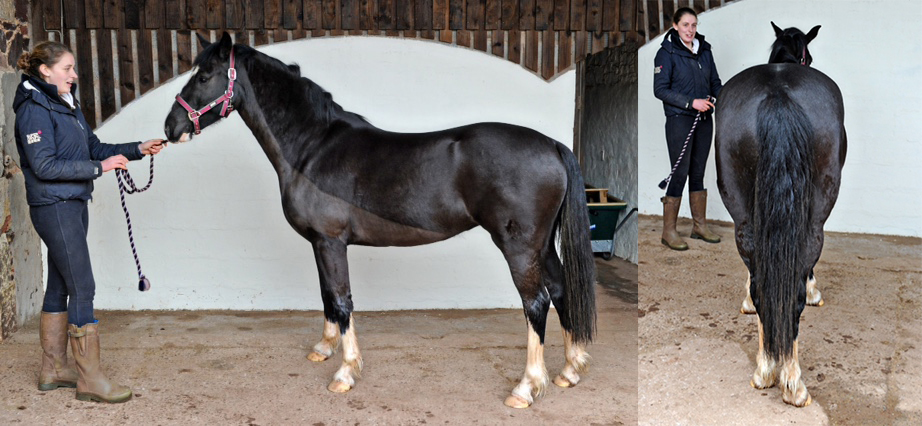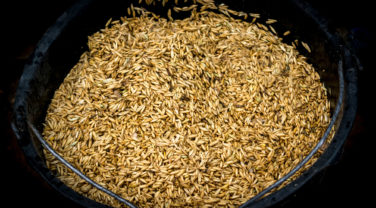The Bodyweight And Condition Of Your Horse – Why Is It So Important?
One of the key concerns of performance horse owners when choosing a feeding regime is whether it will provide enough energy for the work being done, and how it will affect the horse body score. The energy requirements of a horse are based on the amount of energy required for maintenance e.g. normal bodily function and weight maintenance, in addition to the amount of energy required for daily exercise. It sounds simple enough but many other factors such as the terrain the horse is working on, rider weight and even temperature can influence the horse’s requirements as well, having a knock-on effect to the horses body composition and condition. The ability of individuals to utilise different feeds also varies which can make calculating energy requirements tricky.
How to know if you’ve got your horse’s body score and body condition right
Keeping a close eye on your horse’s bodyweight and body condition is the best way to gauge the effectiveness of a feeding program. If your horse is maintaining bodyweight then it is a clear indication that they are receiving enough energy for the work being done. If they are losing weight then an increase in energy intake is required. Equally if they are looking too well it is time to act! Research has shown that being both under or over-weight can influence performance and condition.
Using a weighbridge or weight tape to establish the horse’s bodyweight is a good starting point and will help to identify changes in weight and condition early if carried out regularly. Knowing weight alone however doesn’t give the full picture as it doesn’t tell us whether the horse’s bodyweight is what it should be! This is where horse body condition scoring comes in.
What is horse body condition scoring?
Horse body condition scoring uses a graded scale to give a more objective way of determining how fat or thin a horse is. There are two main condition scoring systems using scales of 1 to 9 or 1 to 5. Dengie use the 1 to 5 scale shown here on our condition score chart:

There are 3 key areas to look at which are the crest of the neck, over the ribs and over the quarters running into the top of the tail area. The degree of fat cover is determined and an overall score given. On the Dengie condition score chart an optimal body condition score would be a three, although very fit horses may be at an ideal bodyweight just under this score.
The best thing about body condition scoring is that it is easy to use, no costly equipment is required, and it can be applied to a range of shapes and sizes of horse as shown by the Rockrose Equestrian horses back in March at the Dengie Weighbridge Clinic assessment day. Below we have included a range of different photos that you can also use (alongside our chart) to help you gauge the weight and the condition of your horse.
BB is a 14 year old, 15.1hh Scottish Sports Horse weighing in at 386kg. BB is an eventer aiming for a 3* event this year. BB was given a body condition score of 2.75 on the Dengie Body Condition Score scale which was deemed about right coming into spring.

BB is a 14 year old, 15.1hh Scottish Sports Horse weighing in at 386kg.
Buster is a 15 year old, 16.3hh Irish Sports horse weighing in at 612kg. Buster is also an eventer, but at lower levels of BE90. Buster was given a body condition score 3 on the Dengie Body Condition Score scale. Looking a Buster’s side profile his hips look quite angular and he has a deep body with a high wither, but from behind you can see he actually has a rounded bum. Buster’s picture shows how important getting ‘hands’ on with condition scoring is compared to ‘eye’ alone.

Buster is a 15 year old, 16.3hh Irish Sports horse weighing in at 612kg.
Cleo is a 4 year old, 15.1hh Irish Sports horse weighing in at 515kg – significantly more than similar sized BB! Cleo has not long been backed and so hasn’t got the same muscle definition as her harder working stablemates. Cleo was given a body condition score of 4 on the Dengie Body Condition Score scale. Although difficult to see on a picture, Cleo’s ribs were very well covered and she had a small fatty pad behind her shoulder and quite a rounded bottom as can be seen below.

Cleo is a 4 year old, 15.1hh Irish Sports horse weighing in at 515kg
I now know my horse’s weight and condition score what next?
Manufacturers formulate feeds with different workloads in mind and usually an increase in energy is associated with an increase in the levels of other nutrients a working horse requires. A low energy feed will typically provide 8-10MJ/kg Digestible Energy (DE), a medium energy feed 10-12 MJ/kg DE and a high energy feed 12 MJ/kg or more.
If your horse is working at a medium level it is logical to assume that you would choose a medium energy feed, however this is where the results of your horse’s body condition scoring should be your guide. Cleo for example has a body condition score of 4 which means she is in a positive energy balance e.g. getting more than she needs and therefore it would be more appropriate to use a lower energy regime. BB on the other hand is leaner and only a body condition score 2.75, which may mean a higher energy feed is required to maintain his weight especially when his work level is increased. Therefore, knowing the weight and body score of your horse is ideal for feeding, which in turn will facilitate advancements in condition or composition. It will also allow you to judge the successes/potential failings of your current feeding routine.
What if my horse’s weight is ideal?
The next thing to check is if the diet is balanced. If you’re using a balanced, compound feed the manufacturer will have done a lot of the hard work for you. On the bag there will be a guide that states how much a horse needs relative to the work being done – as long as you have accurately assessed their workload and are feeding the recommended amount, the diet should be balanced.
If you find that the recommended feeding rate results in too much weight gain, then you need to reduce the energy intake. If you reduce the amount fed of the current ration you will also be reducing the vitamins and minerals supplied and so adding a balancer or supplement will top up on these essential nutrients without additional calories. Do bear in mind that if you use a feed intended for a lower level of work than your horse is doing to reduce energy intake, you may still need to use a balancer or supplement to ensure the diet is balanced.
For friendly feeding advice contact the Dengie Feedline on 01621 841188 or click here to fill out our feed advice.



